"The 2015 Best Websites for Teaching & Learning foster the qualities of innovation, creativity, active participation, and collaboration. They are free, Web-based sites that are user friendly and encourage a community of learners to explore and discover. "
Get Started for FREE
Sign up with Facebook Sign up with X
I don't have a Facebook or a X account
 Your new post is loading... Your new post is loading...
 Your new post is loading... Your new post is loading...

Carola Brunnbauer's curator insight,
November 12, 2014 1:26 AM
tatsächlich eine wunderbare Website und ein sehr schöner Erfahrungsbericht, so etwas sollte es auch auf Deutsch geben

Kimberly House's curator insight,
August 11, 2014 1:57 PM
Very thorough guide to using, assessing and making ePortfolios happen. Plenty of tips and suggestions for which apps to use and how to digitise work. Nicely presented and easy to follow. Also does a good job talking about the 'why' of ePortfolios. This is the part I find some of my teachers struggle with. 
Ness Crouch's curator insight,
April 9, 2015 8:40 PM
ePortfolios are a great way of collecting artefacts digitally. Have you tried this with your students? 
David Bell's curator insight,
April 12, 2015 7:26 PM
There are some great links about ePortfolios here. Well worth a look.

Wendy Farren-Price's curator insight,
March 6, 2014 10:45 PM
There are various tools that are mentioned, but IXL maths is a great way to consolidate mathematic concepts via technology.

Lori Wilk's curator insight,
February 2, 2014 10:35 AM
The ability bounce back and move forward when life hits hard is so important to our success.This article shares the importance of resilience and we should teach this skills to others.

carldowse's curator insight,
January 17, 2014 4:39 AM
It's useful that two different approaches and types of resource are offered here - definitely worth exploring as animation appeals to most learners - busy executives included! 
Louise Robinson-Lay's curator insight,
January 17, 2014 5:23 AM
Create your own animations for your classes using these tools. 
Tonya D Harris's curator insight,
January 27, 2014 5:49 PM
List of recommended resources to" purchase" for amination teaching tools under $50 and some are free. Good source for ideas you can use.

Armando's curator insight,
November 17, 2013 6:49 AM
197 Educational YouTube Channels You Should Know About

Judy Brown's curator insight,
May 29, 2014 7:32 PM
Autistic kids need to be shown lots of love and need a teacher who will treat them right.

Monica S Mcfeeters's curator insight,
November 5, 2013 12:36 AM
Great info graph with ideas about how to add technology to up lift and modernize your teaching and organizational skills.

Kelly Brenner Smith's curator insight,
June 26, 2014 11:00 AM
Fun ideas for getting kids involved in classroom technology.... |

María Dolores Díaz Noguera's curator insight,
March 12, 2015 5:40 AM
Versatile and Free Teaching Resources from National Geographic | @scoopit via @BethDichter http://sco.lt/... 
SMARTERTEACHER's curator insight,
March 13, 2015 12:32 PM
Always of great quality when National Geographic is involved.

Dr. Helen Teague's curator insight,
July 15, 2014 1:59 PM
This post also discusses the Flipped Classroom model.

The Rice Process's curator insight,
March 22, 2014 4:19 PM
Inspiring and insightful. The content helps to focus on growing and living through one's strengths and character. Education is liberating and can be accomplished through character education.

Fran Ros's curator insight,
September 13, 2014 10:35 AM
`` La cultura es la transmission de comportamiento del tanto Como Una fuente Dinámica de Cambio, Creatividad y libertad, Que abre Posibilidades de Innovación. Para Los Grupos y Las Sociedades, la cultura es Energía, Inspiración empoderamiento y, al Mismo Tiempo Que Conocimiento y Reconocimiento de la diversidad''. Javier Pérez de Cuellar
Desde this visión, la cultura Juega Papel fundamental de las Naciones Unidas en la Educación y es im
Crystal Delatorre's curator insight,
October 29, 2014 1:37 AM
A helpful tool to use in helping teach the common core standards.
Gary Harwell's curator insight,
December 9, 2013 11:54 PM
Why don't we get our students into the habit of making a list?

ech08ravo's curator insight,
December 1, 2013 10:50 PM
Fantastic website from Notre Dame helps instructors (and students) design effective media-based assignments. Great examples and how-tos for inspiration. 
Malin Fölster's curator insight,
December 7, 2013 8:37 AM
Wow denna sida var sååå bra. Jag förlorade mig själv på denna sidan idag! :))) |



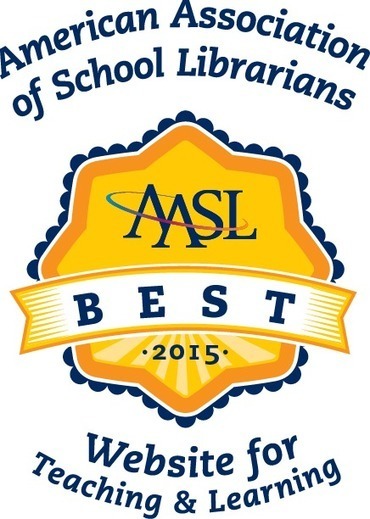

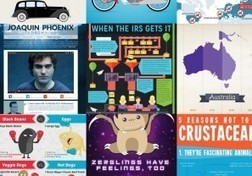

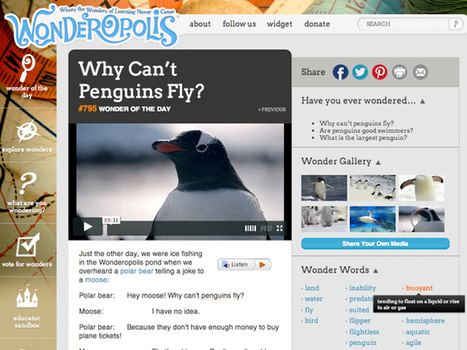
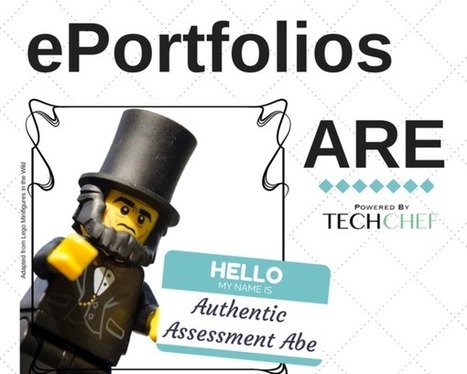
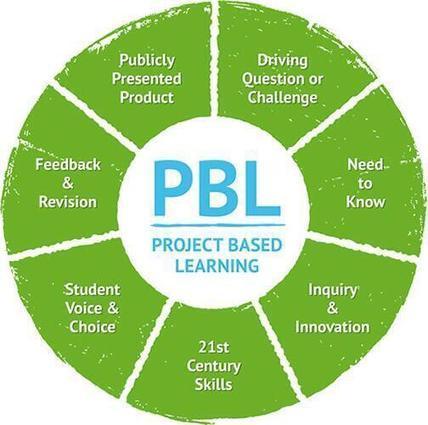

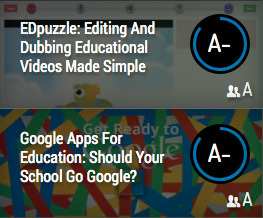
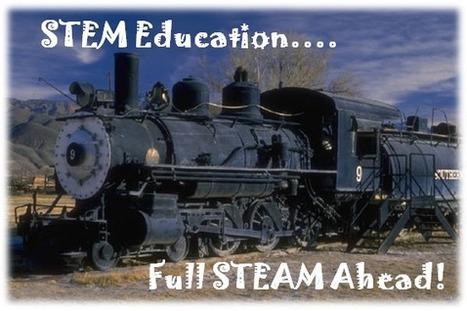








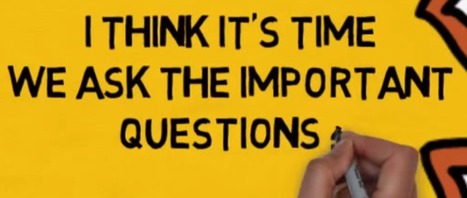


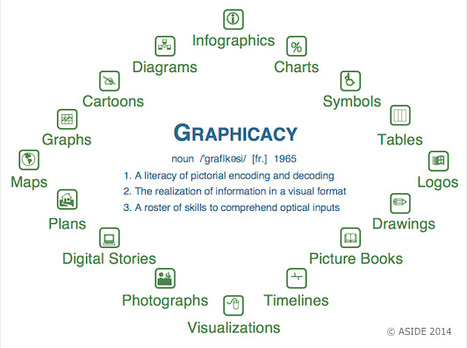
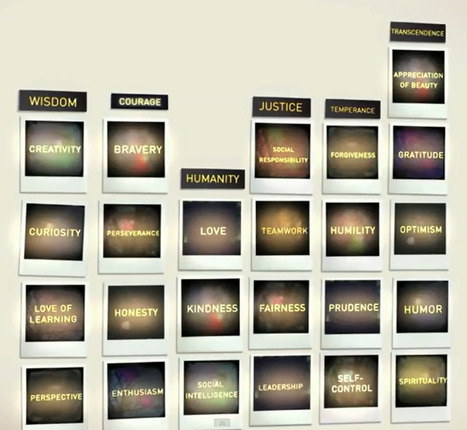



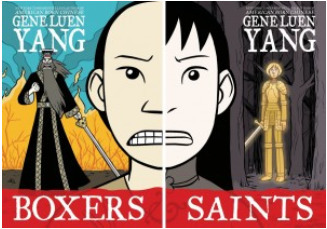
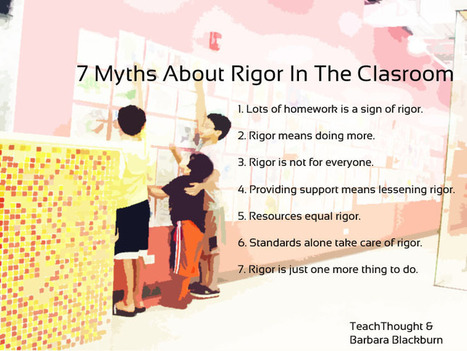

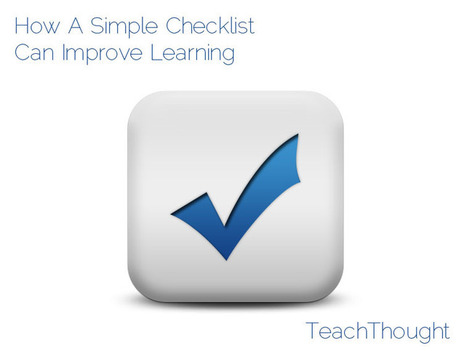







The American Association of School Librarians shares their top websites for 2015 in this post. The websites are in six areas:
* Media Sharing
* Digital Storytelling
* Manage & Organize
* Social Networking & Communication
* Content Resources
* Curriculum Collaboration
As always you will find great new tools and they provide a brief explanation as well as a suggestion of grade levels. A few that you may want to check out are listed below.
* Tackk allows you to create web pages quickly, and is free!
* My Storybook allows students to create online books and would be great to use with younger students.
* FlipQuiz allows you create game-style quizzes
This is just a few of their recommendations. Take some time to check out this new list, and find one or two new tools to use with your learners this year!
The American Association of School Librarians shares their top websites for 2015 in this post. The websites are in six areas:
* Media Sharing
* Digital Storytelling
* Manage & Organize
* Social Networking & Communication
* Content Resources
* Curriculum Collaboration
As always you will find great new tools and they provide a brief explanation as well as a suggestion of grade levels. A few that you may want to check out are listed below.
* Tackk allows you to create web pages quickly, and is free!
* My Storybook allows students to create online books and would be great to use with younger students.
* FlipQuiz allows you create game-style quizzes
This is just a few of their recommendations. Take some time to check out this new list, and find one or two new tools to use with your learners this year!